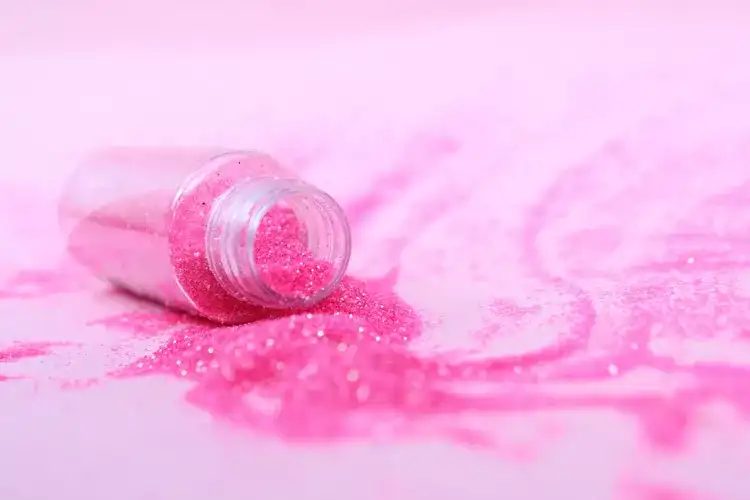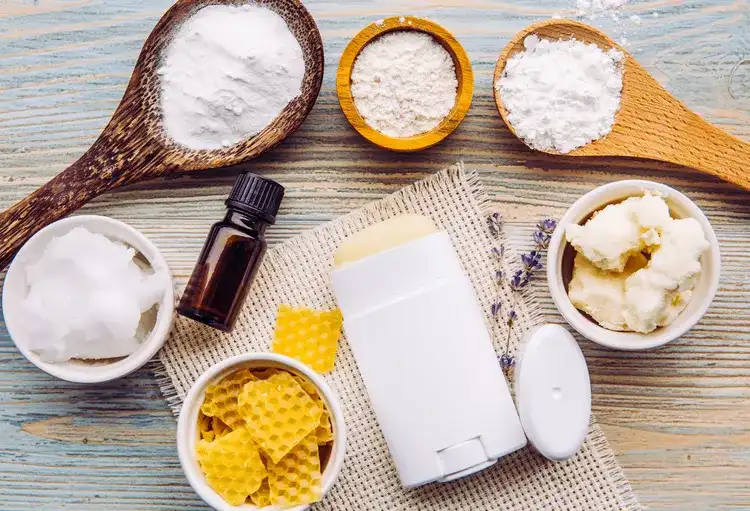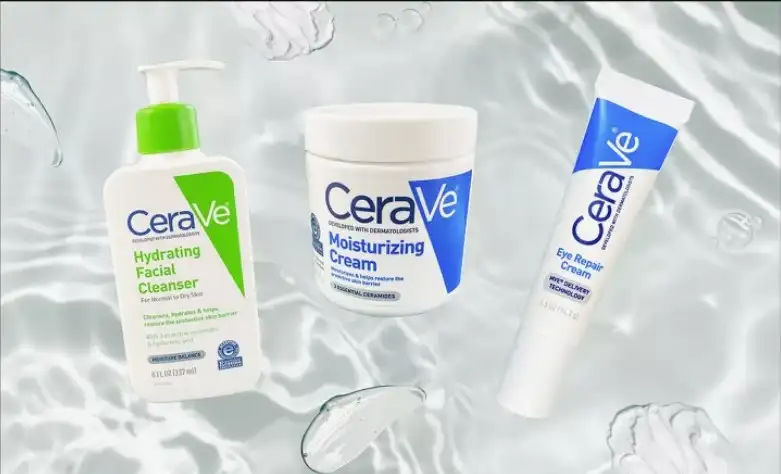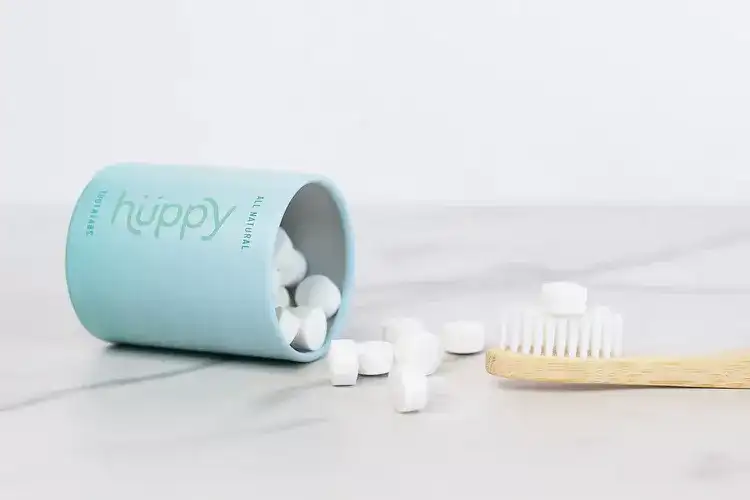What Is Glitter, Really?
Glitter has come a long way from shimmering minerals and metallic flakes in ancient decorations. Modern glitter is manufactured almost entirely from plastic usually polyvinyl chloride (PVC) or polyethylene terephthalate (PET) and coated with an ultra-thin layer of aluminum to achieve its signature reflective sparkle. Some glitters include a third layer of styrene acrylate for added resilience and color. The plastic is stamped into countless tiny shapes, most often hexagons, which cling stubbornly to everything they touch and are nearly impossible to clean up completely.
Because these particles are less than five millimeters across, they’re considered microplastics just like the fragments of water bottles, food wrappers, and synthetic clothing fibers polluting the world’s oceans and soils. In fact, most of the world’s glitter is produced in just a few New Jersey factories, with exact formulas kept secret by the companies that dominate the market.

The Environmental Cost of Sparkle
The same qualities that make glitter magical tiny size, resilience, and shininess are exactly what make it an environmental menace. Glitter rarely breaks down naturally. Instead, it escapes during manufacturing, use, and disposal, quickly finding its way into wastewater, landfills, rivers, and finally the sea.
Marine life cannot distinguish microplastics from food. Fish, shellfish, and other sea creatures ingest glitter and similar particles, which then accumulate up the food chain, ultimately reaching humans. Research suggests that the average person consumes as much microplastic as a credit card’s worth every week, mainly through water and seafood.
But it’s not just aquatic systems at risk. Recent studies found microplastics including glitter falling from the sky in rain and wind, contaminating even the most remote wilderness areas and national parks. As they accumulate in the soil, these particles can disrupt plant health and the organisms that keep earth’s ecosystems running smoothly.
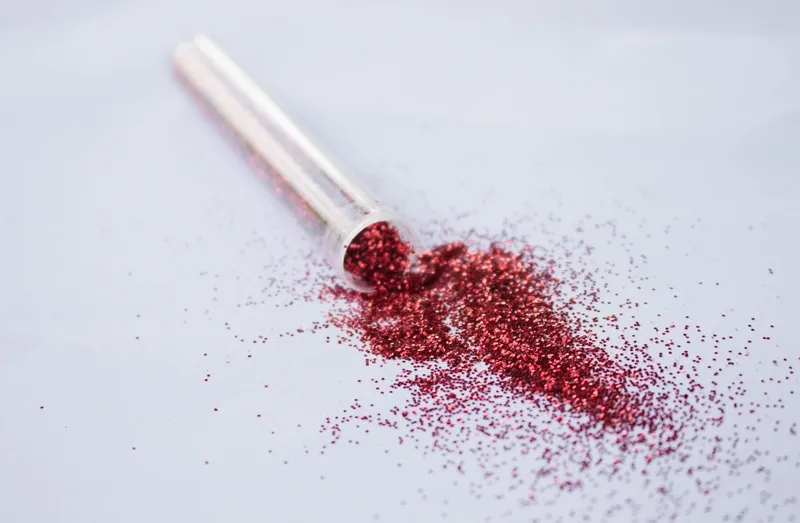
Is Glitter Toxic to Humans?
While the health effects of ingesting or inhaling microplastics like glitter are still being studied, early research points to troubling possibilities. Animal studies suggest microplastics may cause immune responses, developmental and reproductive toxicity, and cellular stress. Until more is known, minimizing exposure especially for children is wise.
Sustainable Alternatives: Can You Get Guilt-Free Glitter?
There’s no denying glitter’s appeal. If you want the sparkle without the microplastic guilt, several new options are emerging:
- Biodegradable glitter: Made from plant-based cellulose (often from eucalyptus), this glitter looks and shines like plastic but breaks down much faster in natural environments. Some brands also use mica, a natural mineral, or synthetic mica for shimmer.
- Mineral pigments: Some eco-friendly glitters swap aluminum coatings for mineral pigments, further reducing the plastic content.
- Certified products: Bioglitter, for example, is certified as biodegradable in freshwater, meaning it will not persist in lakes, streams, or soil the way traditional glitter does.
However, even “biodegradable” glitters may still contain traces of plastic binders, so always check the label. The good news is that research and innovation are ongoing: scientists at Cambridge University have developed a fully plant-based, plastic-free glitter now being produced on an industrial scale, offering hope for a future of responsible sparkle.
What exactly is glitter made from?
Almost all commercial glitter consists of tiny plastic particles (usually PET or PVC) layered with aluminum. Some eco-friendly glitters use plant cellulose or natural minerals instead of plastic.
Is glitter really that bad for the environment?
Yes, glitter is a microplastic, and it accumulates in water, air, and soil, harming wildlife and entering the food chain. While glitter isn’t the only source of microplastic pollution, it’s one of the most visible (and persistent).
Is there a truly safe glitter?
The safest options are certified biodegradable, plastic-free glitters made from plant fibers or minerals. Avoid using glitter outdoors or washing it down the drain unless you’re certain it will break down quickly in the environment.
Glitter delivers joy and shimmer, but its plastic foundation leaves a lasting, damaging footprint on the planet. Fortunately, greener, biodegradable alternatives are becoming more accessible and affordable, making it possible to celebrate and sparkle without harming the world around us.
